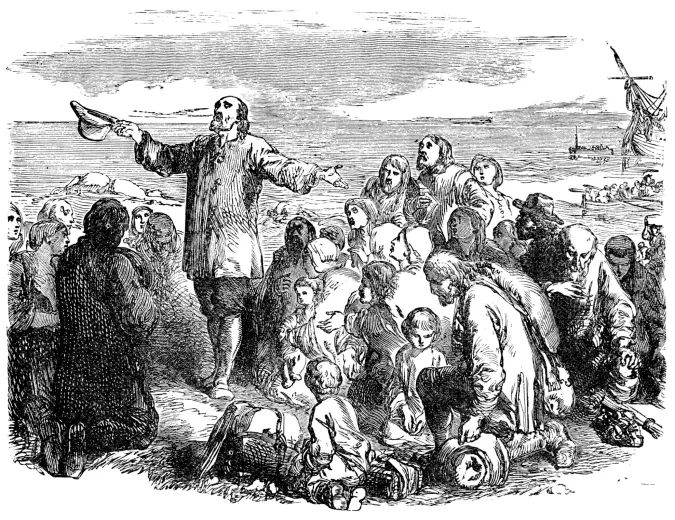Gratitude and Appreciation
“History should not be taught as a collection of dates and places. But rather be approached to arouse gratitude and appreciation. This gratitude should be aroused first to the law and order of the universe and the preparation of the environment into which human beings came.” -Maria Montessori
Here in the United States, we set aside a time to celebrate and express gratitude in an annual holiday we call “Thanksgiving.” Historically speaking, the origins of Thanksgiving can be traced back to the 1600s when Pilgrims and Native Americans came together to celebrate the bounty of the harvest. Today’s Thanksgiving celebration, designated on the fourth Thursday of November, is a time to gather with family and friends, to share a traditional meal, and to reflect on the many ways in which we are blessed and fortunate. However, in the general tumult of the season, it is easy to lose sight of the very thing it’s meant to be about: gratitude. So, when I learned of the simple but beautiful tradition of keeping a “Montessori Gratitude Jar,” (check it out on Deb Chitwood’s Living Montessori Now) I couldn't wait to share.

What is a Montessori Gratitude Jar?
All that is needed for a Montessori Gratitude Jar is a container with a lid, (preferably something pretty, after all, Montessori did say: “The child should live in an environment of beauty”) paper, and something to write with. Simply put, the jar is a collection of notes (or pictures if the children are too young to write) that express what each member of the family or classroom is thankful for. You might contribute to the jar throughout the month of November, or keep the tradition going all year. Then, on Thanksgiving Day, the jar is opened and the notes are read aloud. The youngest contributors can explain their drawings to the family. Everyone takes turns reading or speaking, and all are listened to with respectful consideration.
What does the Montessori Gratitude Jar teach?
The Montessori Gratitude Jar teaches children to feel true gratitude (and reminds adults of the same.) Children learn how to feel thankful, how to express their feelings, and how these expressions can positively affect the people around them. Additionally, this activity helps develop early language, vocabulary, communication, reading, and writing skills. For this activity to be effective, parents and teachers must set the example by writing notes and placing them into the Gratitude Jar on a regular basis. When children that see adults modeling gratitude, they will eventually begin to express their own thankfulness.
What are some of the benefits of teaching children to feel gratitude?
Research shows us that people who consciously make an effort to express gratitude are happier, healthier, and more helpful and kind toward others. As Dr. Christine Carter of UC Berkeley’s Greater Good Science Center says:
“Happiness is in many respects a skill that parents can teach their children, and the relationship between gratitude and happiness is really strong.”
That said, this parent is going to start a new tradition of keeping a Gratitude jar through out the year. And, what better day to start than Thanksgiving day? Happy Thanksgiving to all who celebrate this day, and may we all remember to feel gratitude and appreciation throughout the year!
























